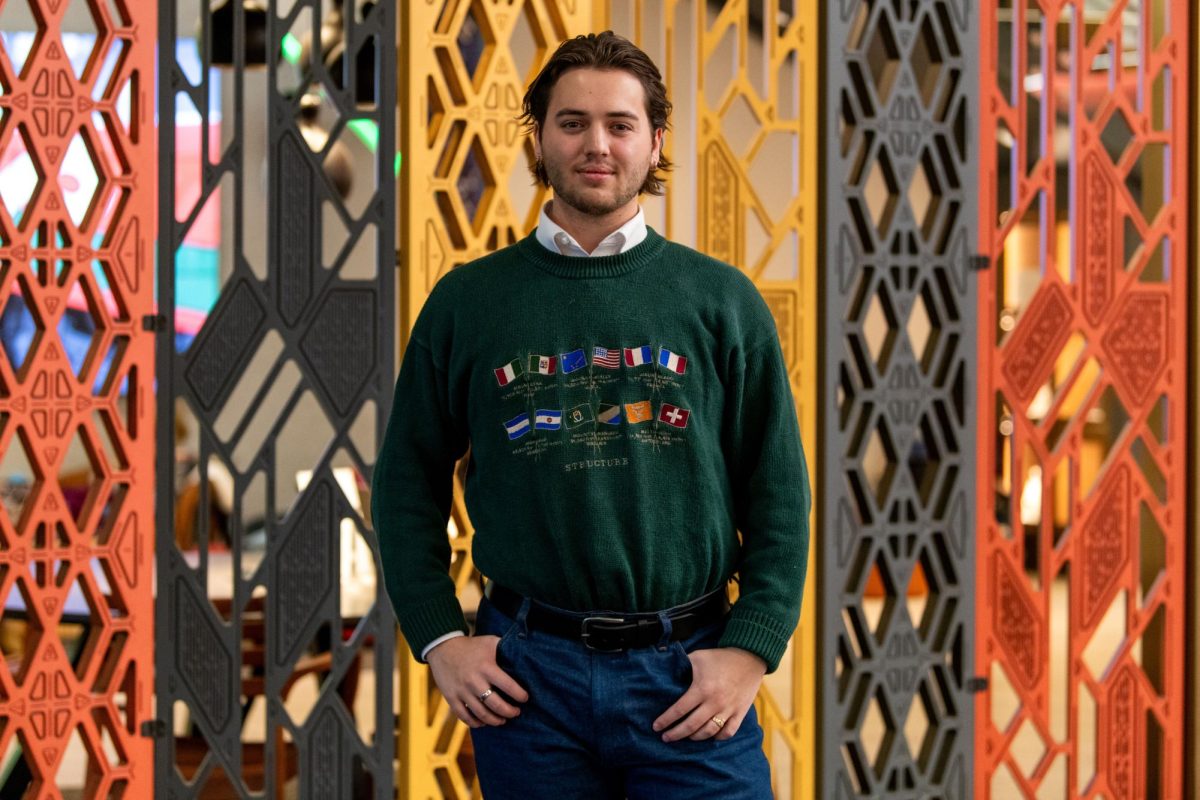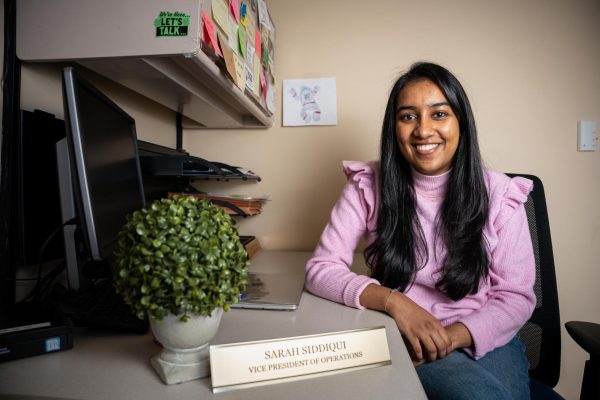Attack Theatre battles dance cliches
January 20, 2011
Attack Theatre: “Show #58”
New Hazlett… Attack Theatre: “Show #58”
New Hazlett Theater
Allegheny Square East
Friday and Saturday; Wednesday through next Saturday at 8 p.m.
Tickets: $15 for students
If you ever need lessons on how to dance to the clucking of a chicken, Michele de la Reza of Attack Theatre is a practiced professional.
Once, following a group of performers in France that utilized chickens, de la Reza found herself in the surprising position of having to commence her act with a rogue bird making a cacophony backstage.
In 15 seasons of creating dance, de la Reza and co-artistic director Peter Kope of Attack Theatre can recall a host of memories detailing how extraordinary and unexpected the performing arts profession can be.
Tonight through next weekend, Attack Theatre — a local dance company known for producing shows that are cerebral yet athletic and marked by high-contact partner dancing, inventive uses of multimedia and a unique outlook on staging — will commemorate its 15th anniversary season at the New Hazlett Theater. This will be their 58th production at that venue. They have titled the show, simply, “Show #58.”
“Ultimately,” Kope said, “Our goal is to increase people’s comfort level with dance as an art form.”
Meanwhile, acclaimed cellist and Attack Theatre musical director Dave Eggar will be celebrating his own professional triumph, having recently received a Grammy nomination for his arrangement of jazz composer Michael Brecker’s original song “Itsbynne Reel.” His band, Deoro, collaborates regularly with the company, and will be accompanying it live in “Show #58.” Eggar claims the group’s new music will combine themes from Bach with elements of hip-hop.
A friend of de la Reza since their days attending the Juilliard School in New York City, Eggar has been working with Attack Theatre since 2000. Having traveled to some of the world’s most remote regions, Eggar described himself as “exploring the concept of forging risky collaborations with musicians from around the world.”
“Collaboration with dance pushes me to write things that I would never normally write … Other art forms teach me a lot because they are newer to me,” Eggar said.
“Show #58” is comprised of four pieces in two acts. In the first act are “Typeset” (1996) and “R.A.M.” (2010), both of which take a separate look at the involvement of technology in people’s lives. In the second act are “Trapped” (2008), a piece that de la Reza describes as “an important beginning of the development of a body of work,” and “Beginnings,” a brand new piece that Kope claims is at once “quirky, collective and cohesive.” In choosing the pieces, Kope explains, the artistic directors wanted “to find things that represent our history, but that also represent where we’re going.”
Sometimes this involves allowing the audience to play a larger role in the performance. During shows like “Site-Resite,” “Game Night” and “The Seven Minute Dance Series,” for instance, company members will often ask for audience input before performing. This might entail the audience interpreting a particular piece of visual art, or coming up with a concept or theme for the performance. The dancers will then improvise a dance piece based upon the audience’s input.
Kope and de la Reza said they want to bridge the gap between what is considered a quotidian experience and what is considered dance. Much of their movement is inspired by movement that they see from regular people every day, and this gives their dancing a pedestrian, organic quality that audiences find accessible.
“Dancing is an art form that people have felt less empowered to connect with,” de la Reza said. “We try to portray the humanity within dance … to help people see dance as an essential part of life and living.”
All of the work produced by the company is collaborative. Kope and de la Reza are very inviting of other people’s ideas, and often bounce them off the musicians and other dancers before setting a piece.
When asked how the company has changed since its inception, Kope said, “It started as a duet company. Since then, the company has grown based upon the relationships that we have … [With that,] there has been a growth of opportunities.” The company has added four dancers to its original lineup.
To signify the importance of Attack’s 15th season, Kope and de la Reza have commissioned visual artists T.K. Mundok, Ian Green, Blaine Siegel and Rob Rogers to each create an interpretation of a photograph of the two dancers that was taken in 1996 in the U.S. Virgin Islands. The black-and-white photograph captures de la Reza in flight, her limbs extended in the shape of a star. Kope is standing below her, and only the ocean is visible in the background. To both artistic directors, the image represents a freedom of space that they have often tried to reproduce in their performances.
“[The photo] symbolizes a lot of what Attack Theatre has become in the last 15 years,” de la Reza said. “That kind of risk-taking physicality has been a hallmark of Attack Theatre.”







